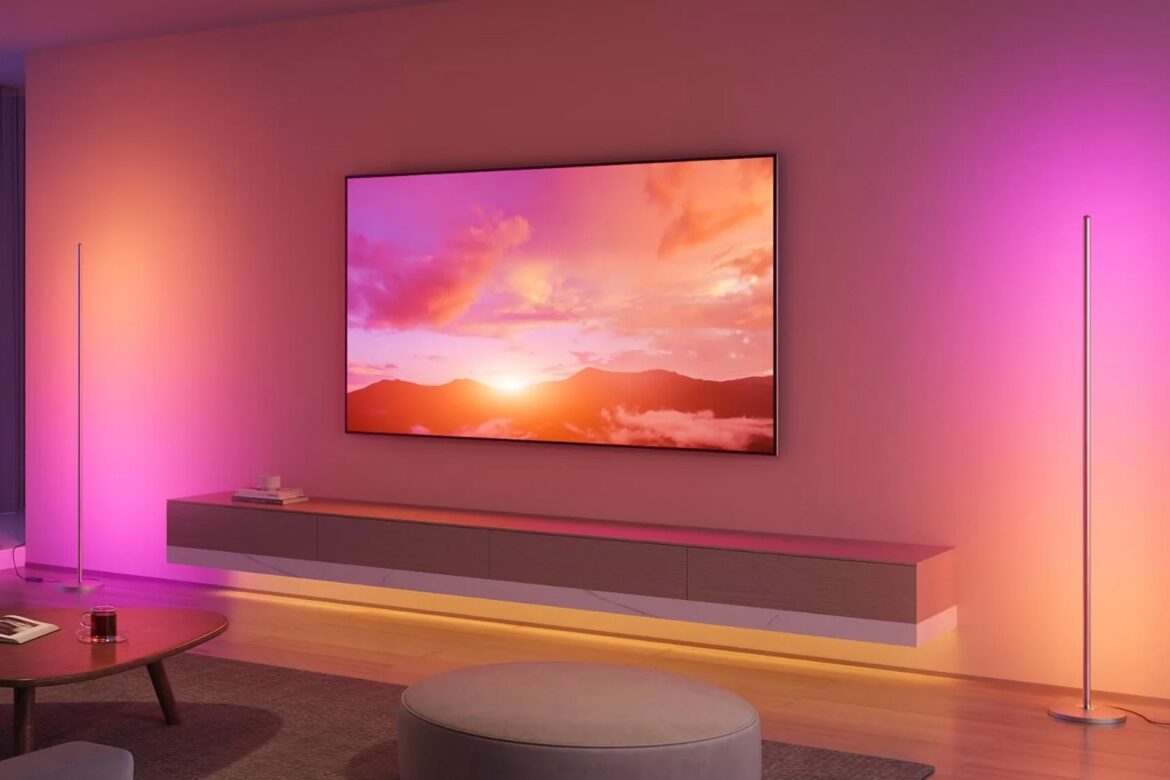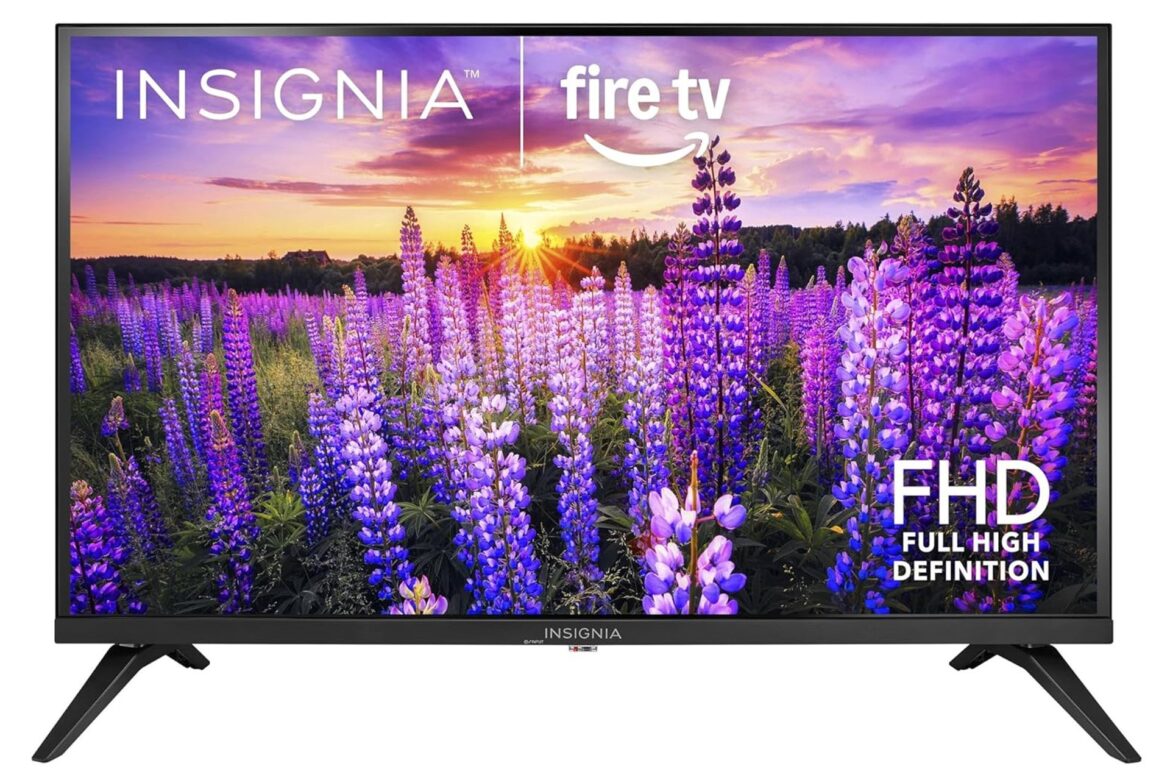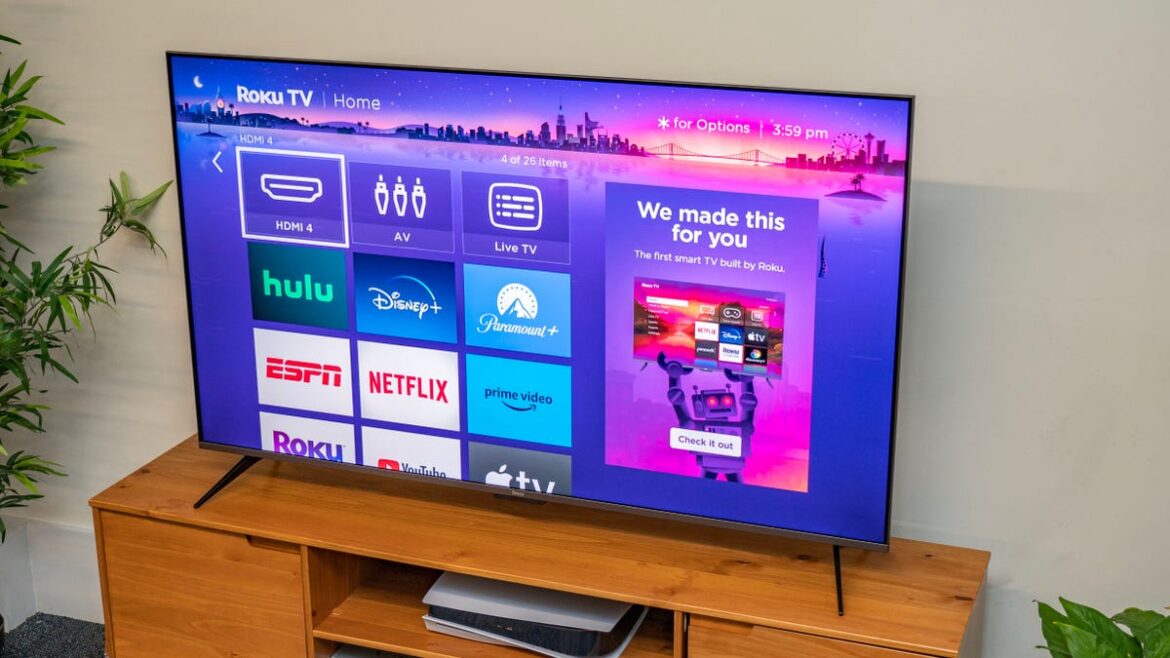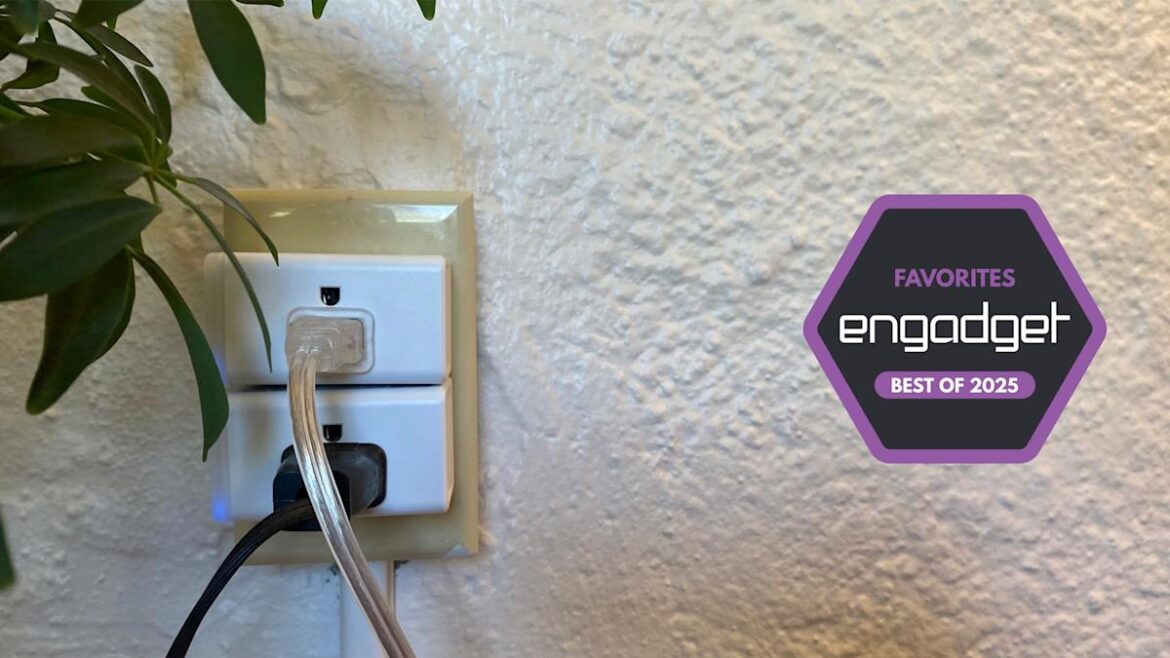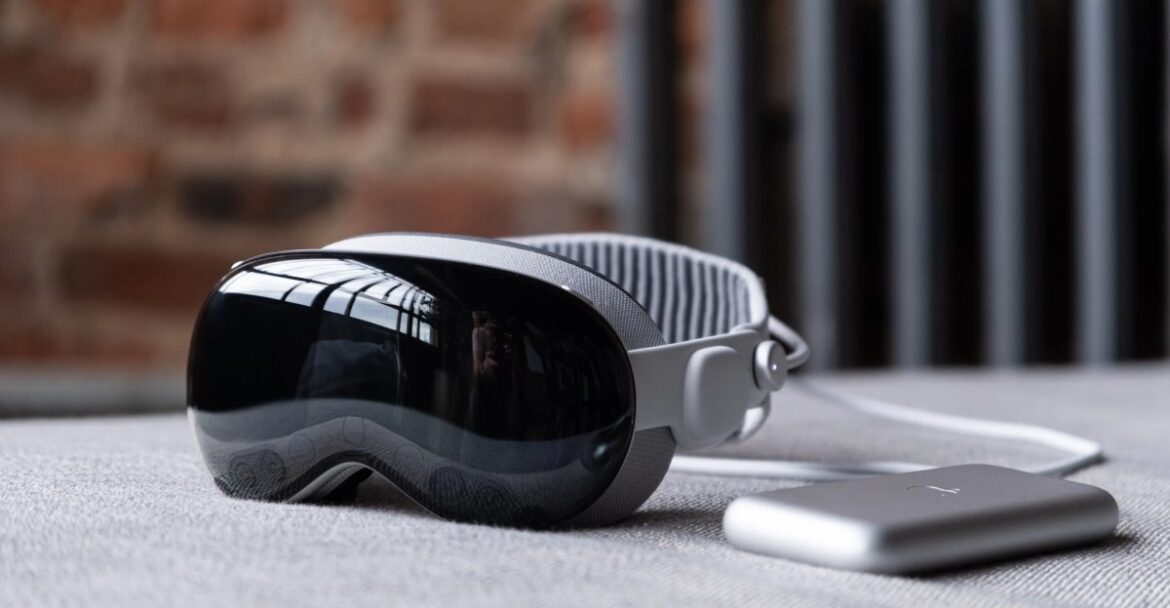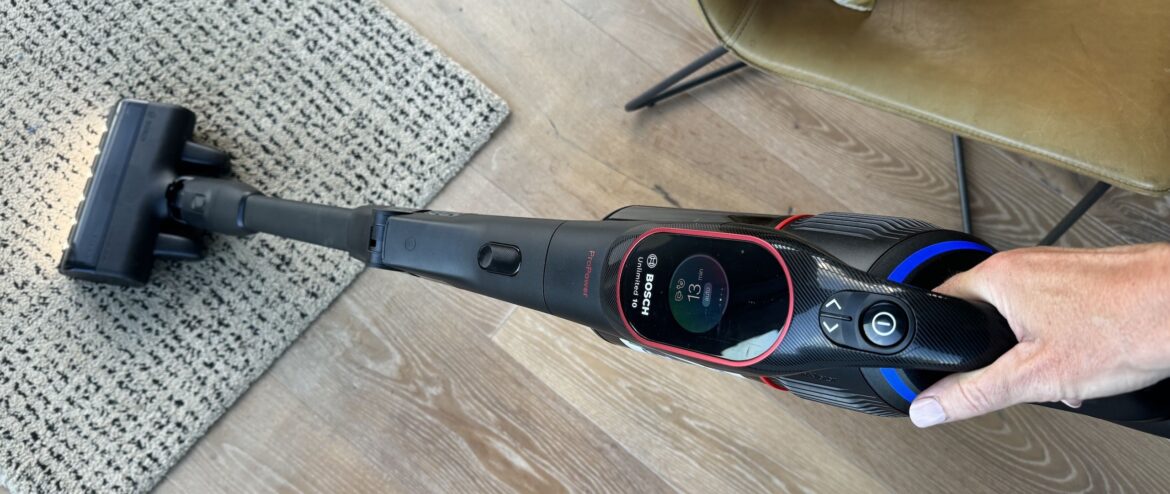Your living room deserves smart lighting that doesn’t drain your wallet. Smart floor lamps have become incredibly popular for transforming spaces with dynamic colors and voice control but the price tags often make people think twice. Not anymore. Right now, the Govee RGBIC floor lamp has dropped to just $64 on Amazon, down from its usual $99 price. This Prime Big Deal Days offer marks an all-time low for one of the most popular smart lamps on the market.
See at Amazon
This is not another mood-decorating, color-changing lamp: The Govee floor lamp is 136cm high and produces 1000 lumens of light which means it genuinely functions as actual light for your room (rather than mood decoration). At that level of brightness, it places it on a par with standard floor lamps so you can employ it for reading, working or ambient room light when it’s day, then shift over to bright color modes when night falls.
What Makes This Smart Lamp Worth Your Money
The RGBIC tech (that IC means Independent Control) distinguishes this lamp from less expensive ones: Each of the light strip segments is capable of showing disparate colors at the same time which lets you have flowing rainbow effects or gradients or multi-color schemes that plain RGB lamps aren’t up for. At your fingertips, you’re looking at 16 million different available colors and 58 dynamic built-in scenes named Cheerful, Romantic, and the like. Want your lamp pulsing red and orange, like a campfire? Done. Want a chilly blue-to-purple gradient for a late gaming marathon? Easy. The range goes deep enough that you’ll be able to fine-tune your lamp with holiday decorations or a party theme or just your mood of the moment without ever using the same look twice.
Voice command with Alexa or Google Home allows you never to have to rummage for your phone. Simply ask your smart speaker to turn the lamp on, change the hue, or reduce the brightness while cooking, working, or already settled on the sofa. The Govee Home app (installable through QR code on the box) adds additional control features with scheduling, so your lamp automatically wakes you gently with morning hues or unwinds with warm hues at bedtime. The app interface makes it simple to create custom scenes, allowing you to set specific hues for varying segments of a scene and then save your favorite sets for instant recall.
With sync mode, this light springs to life at parties, movie nights, or when playing video games. Inner microphones detect sound in the room and translate it into dynamic, real-time changes in brightness. Thump-heavy tunes create pulsing results, dialogues stay gentle, and action scenes erupt with corresponding changes in color. This dynamic lighting delivers real immersion for entertainment without cluttered setup.
The physical build makes this lamp suitable for real homes: Aluminum construction makes it firm (non-wobbling, non-tipping) yet light enough for simple transport from one room to another. Sections on the base fasten immediately without tools. At 136cm tall, it comfortably inhabits a corner, behind a sofa or next to a desk without overwhelming your space.
Stock sells out fast on Prime Big Deal Days, so this all-time-low pricing won’t last indefinitely.
See at Amazon

